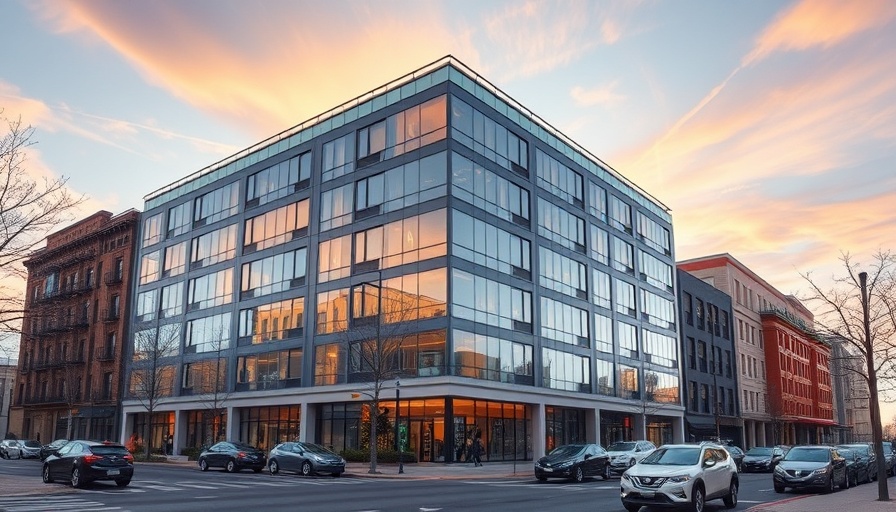
Oxbow Development: A New Dawn for East Josephine
Oxbow Development Group is set to reshape the East Josephine area with plans for a stunning 9-story mixed-use building, promising to enhance both housing and community spaces in San Antonio. Located at 102 E. Josephine St., the proposed structure is designed to include 250-275 market-rate apartments alongside retail and office spaces, indicating a commitment to fostering vibrancy in this growing neighborhood.
Transforming the Landscape
The city block—currently home to a 34,500-square-foot industrial building—will soon be reimagined as a bustling hub. Approved for high-density zoning, this transformation aligns with the city’s objectives to meet the growing demand for housing, particularly in the dynamic Tobin Hill area. With nearly 3,000 apartment units either under construction or in the planning stages nearby, this development is a timely response to a critical need.
A Neighborhood-Centric Vision
Omar Gonzalez, Oxbow’s director of development, emphasizes a desire to integrate commercial retail spaces that resonate with local community needs. "We want to do some commercial retail that the neighborhood has been asking for to make this area feel more like a neighborhood," he said. The ground floor will aim to include amenities that encourage neighbors to gather and socialize, further enriching the community fabric.
Accessibility and Convenience
To address parking challenges, Oxbow plans to provide approximately 250 public parking spaces, catering not only to residents but also to visitors wishing to explore the Pearl area and beyond. This consideration showcases a holistic approach to development, ensuring accessibility for all.
A Promising Future
Construction for the mixed-use building is slated to begin in early 2024, with an anticipated completion date by the end of 2026. As Oxbow Development Group releases its design concept to the city’s Historic and Design Review Commission in February, residents can look forward to a fresh architectural vision that complements the neighborhood while offering a distinct character of its own.
For San Diego County residents and others interested in urban development, this project reinforces the importance of adaptive reuse in city planning. As neighborhoods evolve, understanding these transformations can lead to better engagement and community participation.
 Add Row
Add Row  Add
Add 




Write A Comment